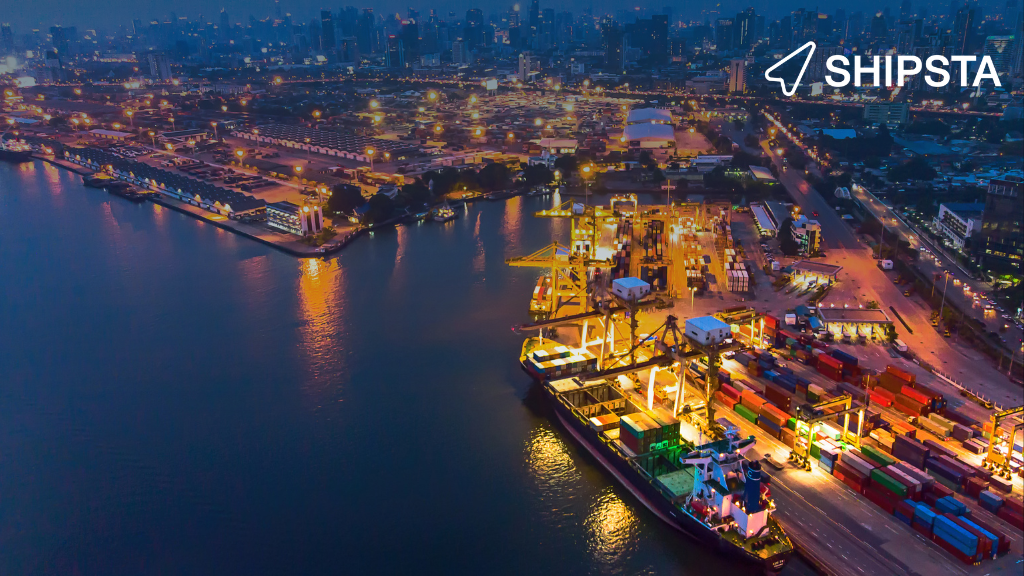The pandemic put a massive spotlight on supply chain resilience.
Before the crisis, the goal for most supply chains was to be as cost-efficient as possible. But this obsession with cost resulted in super-lean and fragile supply chains becoming the industry standard. The pandemic and its aftershocks exposed these fragilities and impacted profit margins, revenue and customer retention.
Unsurprisingly, resilience has now become the top priority for supply chain executives according to a survey by the Association for Supply Chain Management (ASCM). We're all starting to recognise that procuring the cheapest freight possible will put our supply chains at risk in today's turbulent market.
So how can you build resilience into your supply chain?
Near-shoring and on-shoring
More and more companies are considering near-shoring or on-shoring manufacturing to deal with the ongoing disruptions and bottlenecks in major international shipping lanes. If you move operations closer to customers, issues arising from long-distance transports and congested international ports are minimised.
For additional resilience, create a regional strategy with build-in redundancy, so if one region is disrupted, suppliers from other regions can step up.
However, there is a downside to this strategy. The highly interconnected nature of supply chains can limit the economic case for making large-scale changes in physical location. And as on-shoring and near-shoring your operations is a slow time-consuming process, it won't help you deal with the congestion we're experiencing right now.
Having backup inventory to absorb shocks
Having a backup inventory can help minimise the impact of disrupted supplies.
It is of course prudent to carry contingency safety stocks, especially for low-volume parts that could impact the availability of high-value products or features.
Businesses are increasingly building reserves so they are better placed to absorb shocks as well as meet major spikes in customer demand.
Improving visibility across the supply chain
The fragmented nature of the industry and poor transparency of data makes it extremely difficult to spot problems early and respond effectively in a crisis. Without real-time visibility of the situation at ports or the status of cargo, businesses aren’t able to assess the impact of an event or make quick decisions.
The reliance on manual processes also leaves companies searching through contracts and spreadsheets to piece together the information they need in a crisis. And it makes running tenders for problematic lanes or weighing the cost of alternative supply routes painfully slow tasks.
We can now expect a shift to more proactive supply-chain management, with transparency, real-time visibility and sophisticated forecasting capabilities becoming core operational processes. Whether helping businesses to manage volatility in freight rates, maintain supply of key parts or pivot into other product categories entirely, digital tools and online-enabled processes - supported by modern technologies such as Big Data Analytics and AI - will be enormously powerful in helping companies build resilience.
What more insights into freight procurement and the logistics industry? Subscribe to our blog.
About SHIPSTA
SHIPSTA powers smart logistics procurement with a digital platform that connects shippers and carriers to ensure a frictionless procurement process for spot and contract buying, entirely online. It automates complex tasks, provides unrivalled visibility and supports fast data-driven decision making.
Designed and built by experts in logistics procurement, SHIPSTA is bringing transparency, automation and efficiency to the global logistics industry. It is used by some of the world’s largest companies to respond to market volatility, control freight costs and manage risk. The company was founded in 2015 and is based in Mertert, Luxembourg and Hamburg, Germany.



